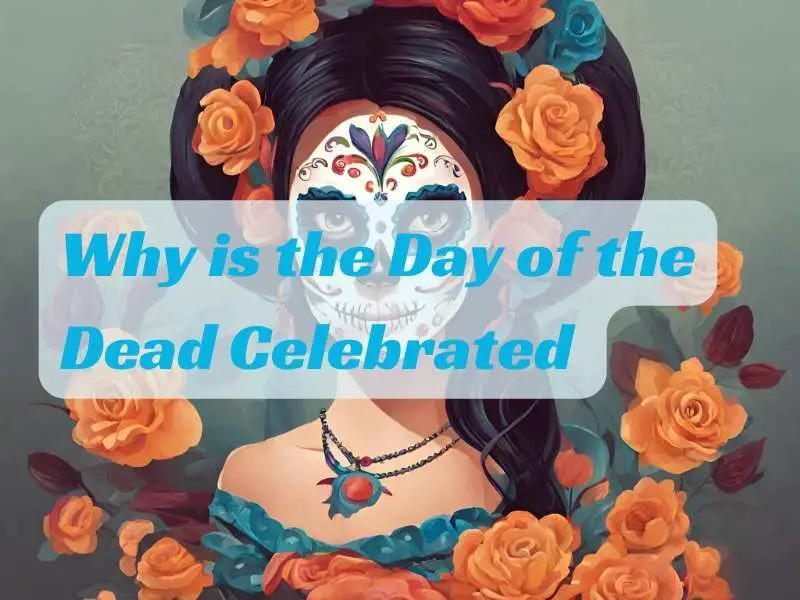Why is Day of the Dead Celebrated: The Day of the Dead, or Dia de los Muertos, is a vibrant and colorful celebration that takes place in many Latin American countries, particularly in Mexico. This unique holiday is observed on November 1st and 2nd, coinciding with the Catholic holidays of All Saints’ Day and All Souls’ Day. While it may seem morbid to some, the Day of the Dead is actually a joyous occasion that honors and celebrates the lives of deceased loved ones. But why is this celebration held in November? Let’s explore some of the reasons behind the timing of this important cultural event.
Why is Day of the Dead Celebrated on Nov 1 and 2?
Here are the four reasons why is Day of The Dead Celebrated.
1. Cultural Traditions and Beliefs: The origins of the Day of the Dead can be traced back to ancient indigenous cultures in Mexico, such as the Aztecs and Maya. These civilizations had a deep reverence for death and believed that the souls of the departed would return to visit their families during specific times of the year. November was considered a sacred month, as it marked the end of the harvest season and the beginning of a new agricultural cycle. It was believed that during this time, the veil between the living and the dead was thinnest, allowing for easier communication with the spirits.
2. Catholic Influence: When the Spanish conquistadors arrived in Mexico in the 16th century, they brought with them Catholicism, which merged with the existing indigenous beliefs and practices. The Catholic Church designated November 1st as All Saints’ Day, a day to honor all the saints and martyrs. November 2nd was designated as All Souls’ Day, a day to pray for the souls of the deceased. These Catholic holidays aligned closely with the existing indigenous traditions of honoring the dead, and over time, the two celebrations merged to form the Day of the Dead as we know it today.
3. Harvest Season: November is a significant month in terms of agriculture in Mexico. It marks the end of the rainy season and the beginning of the harvest season. The Day of the Dead is not only a time to remember and honor the deceased but also a time to celebrate the abundance of the harvest and give thanks for the sustenance it provides. Families often create elaborate altars, known as ofrendas, adorned with marigolds, candles, and the favorite foods and beverages of their departed loved ones. These offerings symbolize the connection between the living and the dead, as well as the cycle of life and death.
4. Family Reunions: The Day of the Dead is a time for families to come together and remember their loved ones who have passed away. It is believed that the spirits of the deceased return to visit their families during this time, and families go to great lengths to welcome and honor them. Cemeteries are cleaned and decorated, and families gather to share stories, sing songs, and enjoy the favorite activities of their departed loved ones. It is a time of remembrance, celebration, and reunion, as families come together to honor their ancestors and keep their memories alive.
In conclusion, the Day of the Dead is celebrated in November for a variety of reasons. It is deeply rooted in ancient indigenous traditions, influenced by Catholicism, and tied to the agricultural cycle of the harvest season. It is a time to honor and celebrate the lives of deceased loved ones, to remember their legacies, and to keep their memories alive. The Day of the Dead is a beautiful and meaningful cultural celebration that reminds us of the importance of family, community, and the cycle of life and death.
